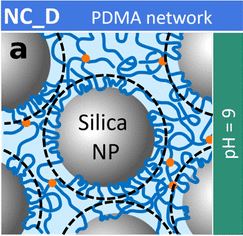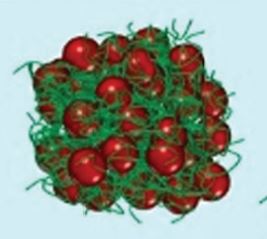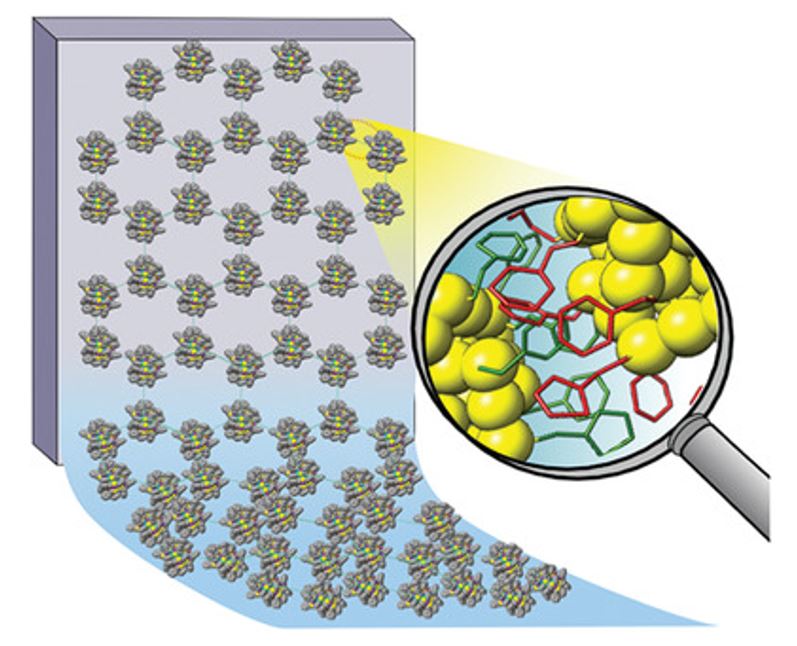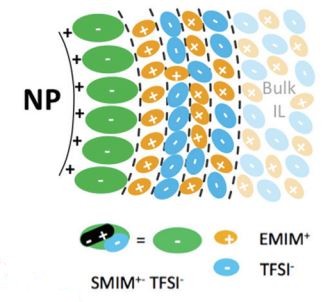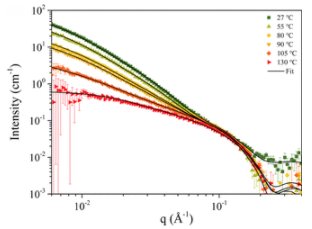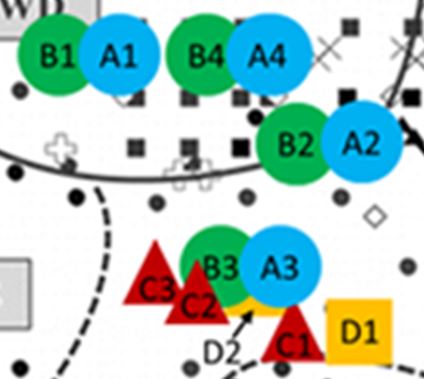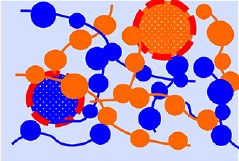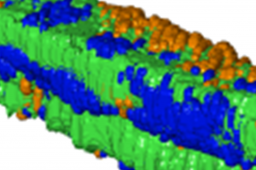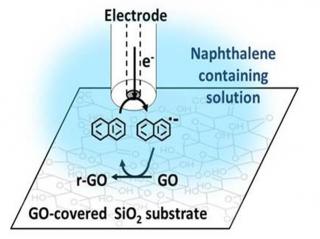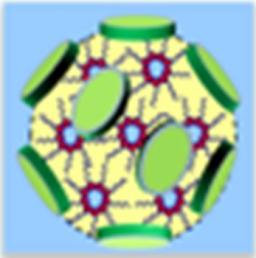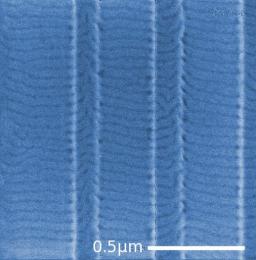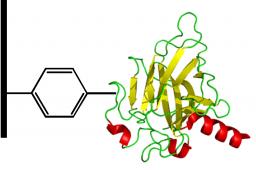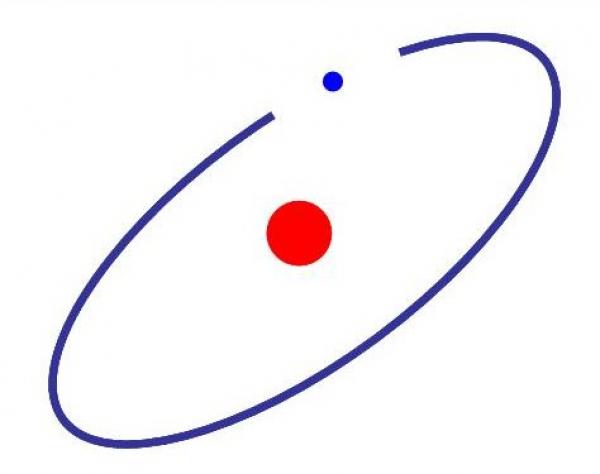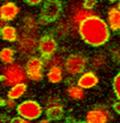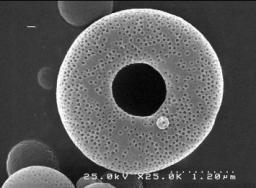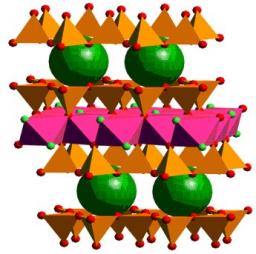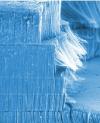Anne-Sophie Robbes, Fabrice Cousin , Florian Meneau, and Jacques Jestin
We probe by SANS the conformation of polymer chains of the matrix in various nanocomposites based on the same building blocks, namely spherical magnetic nanoparticles of maghemite (γ-Fe2O3) as fillers and polystyrene (PS) for the matrix. Given that the nanoparticles can be arranged in oriented chains during the processing by an external magnetic field and/or grafted by tethered PS chains with a grafting density of ∼0.15 chains/nm2, very different organizations of the nanofillers were tested according to different particle–polymer interactions: (i) homogeneous isotropic dispersion of aggregates of bare nanoparticles; (ii) chains of bare nanoparticles oriented along one direction over the whole sample; (iii) perfect dispersion of grafted nanoparticles; (iv) homogeneous isotropic dispersion of large aggregates of grafted nanoparticles; and (v) chains of large aggregates of grafted nanoparticles objects oriented along one direction over the whole sample. Measurements were performed by the extrapolation to the zero concentration method made possible by the fact that γ-Fe2O3 has the same neutron scattering length density (SLD) as a deuterated polystyrene, so that the nanoparticles scattering is matched in a deuterated PS matrix, whether they are grafted or not. This robust method enables to check that only the polymer chain form factor is effectively probed in a very accurate way. This allows us to show some deviations of the radius of gyration induced by the nanoparticles: (i) for the case of very weak interaction between the polymer and the bare particles, the radius of gyration is swollen by 16% whatever the filler dispersion and orientation; (ii) for the athermal interaction between grafted particles and polymer, the radius of gyration is either unchanged when particles are individually dispersed or compressed of almost 11% when particles are forming overlapped clusters. Despite the remaining relatively small deviations, this is to our best knowledge the first unambiguous experimental evidence on a single system of the influence of the well-known nanofiller dispersion onto the mean chain conformation in nanocomposites for different polymer–particles interactions ranging from attractive to repulsive.




 Synthèse et caractérisation des nano-objets / Synthesis and characterization of nano-objects
Synthèse et caractérisation des nano-objets / Synthesis and characterization of nano-objects